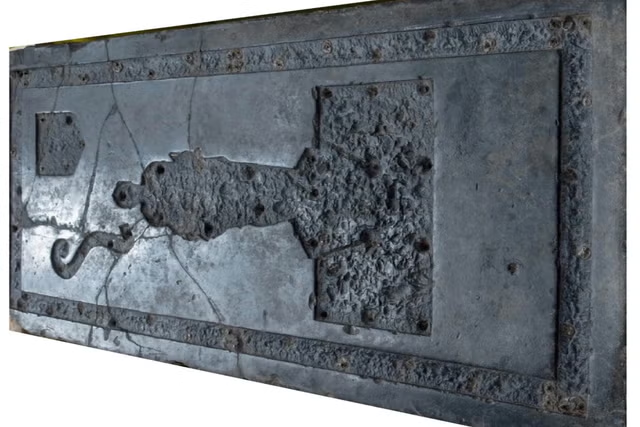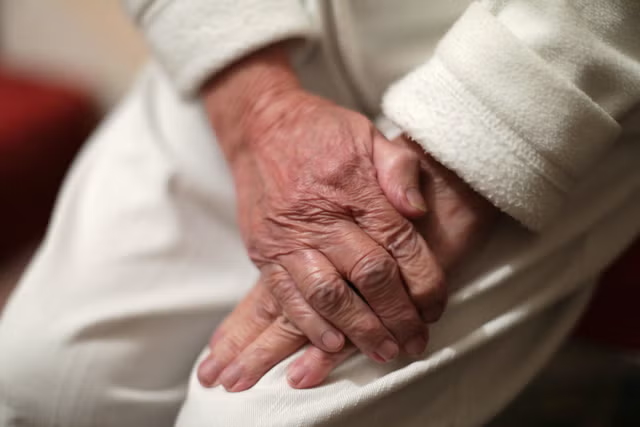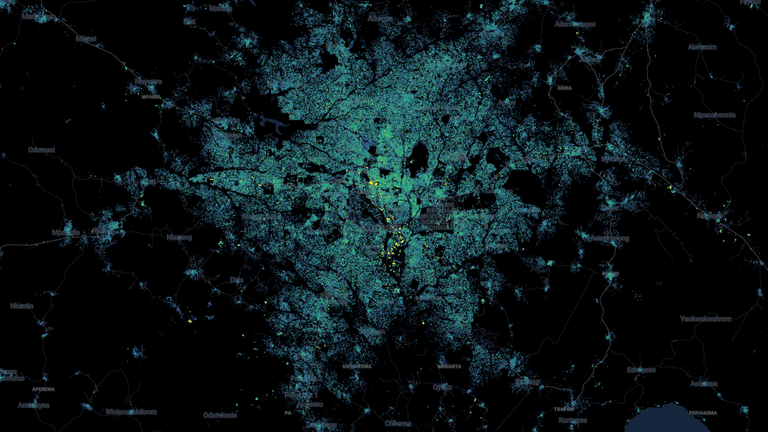In a world-first, a self-driving robot has been used to carry out inspections inside a fusion energy facility. This autonomous maintenance will be critical if fusion power plants are to offer a viable source of clean energy in the future.
Nuclear fusion is the process that our sun uses to make energy. It involves the smashing together of two atoms with such force that they combine into a single, larger atom, releasing huge amounts of energy along the way.
Unlike nuclear fission—the nuclear reaction that is currently used in the energy sector—fusion does not create radioactive waste. It produces three to four times more energy than fission and does not release carbon dioxide into the atmosphere, unlike burning fossil fuels.
Fusion is also a very fragile process that will shut down in a fraction of a second if the correct conditions are not maintained. Therefore, there is no risk of nuclear meltdown from this reaction.
So, why aren't we using this near-limitless source of carbon-free energy already? Well, for this reaction to take place, we need to be able to mimic conditions comparable to the sun, which takes a lot of energy. And we're only just beginning to get more energy out of these reactions than we have to put in.
Even after this hurdle has been overcome, an extensive array of supporting infrastructure will be required to make commercial fusion energy a reality.
"Autonomous robots will be essential to maintain fusion facilities owing to the challenging conditions posed by radiation, vacuum-level pressure and extreme temperatures," a spokesperson from the U.K. Atomic Energy Authority (UKAEA) told Newsweek.
"Using robot technology in these environments ensures safety for humans and cost-efficiency for operators."
This technology was tested in a 35-day trial in the U.K. Atomic Energy Authority Joint European Taurus (JET) Facility, which was one of the largest and most powerful fusion research machines in the world before its scientific operational shutdown earlier this year. The project was undertaken in collaboration with the University of Oxford's Oxford Robotics Institute.
"This test verified that autonomous robots can conduct inspections regularly for long periods," the UKAEA spokesperson said. "For the economic viability of fusion power plants, periods of regular maintenance must be as short as possible to maximize plant uptime, while regular inspection will also be required to ensure the power plant is operating efficiently. Autonomous robots will be able to work without a pause and help minimize plant downtime."
The robot used for this investigation was the yellow dog-like Spot robot—named after the children's book legend Spot the Dog—from Boston Dynamics. "The robot has a detailed model of the environment and AI capabilities for planning its inspections," the spokesperson said.
"The inspection tasks mainly included recording temperature, humidity, radiation data, RGB images, and thermal images. Tasks were pre-defined by operators; however, the Spot robot can modify the tasks automatically. For example, when there is ongoing maintenance work in JET that blocks an inspection point, the Spot robot will skip this inspection point and continue inspecting the remaining points."
Not only is this technology a step toward commercially viable fusion energy, but robotic inspections promise to support a range of other applications.
"Robot technology like this is also critical for other use cases where inspection and maintenance is required but human access is difficult, such as nuclear fission decommissioning, or other hazardous environments," the spokesperson said.
Do you have a tip on a science story that Newsweek should be covering? Do you have a question about fusion energy? Let us know via science@newsweek.com.
Disclaimer: The copyright of this article belongs to the original author. Reposting this article is solely for the purpose of information dissemination and does not constitute any investment advice. If there is any infringement, please contact us immediately. We will make corrections or deletions as necessary. Thank you.



